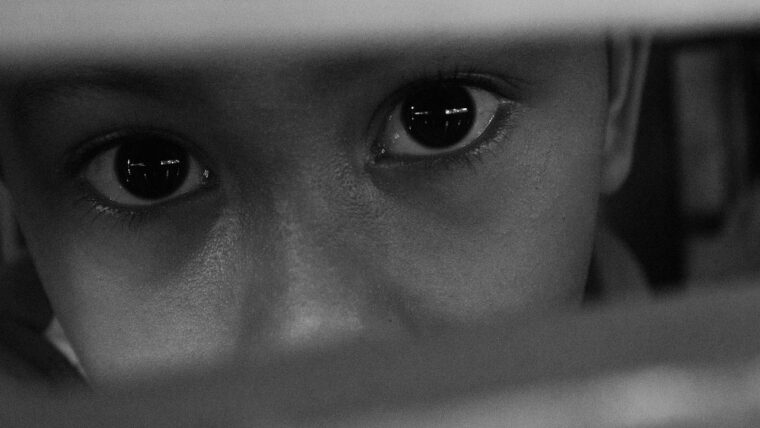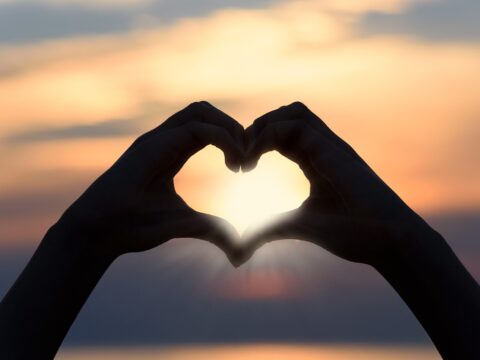Childhood trauma is caused by experiencing extremely terrifying or distressing psychological, emotional, and or physical events. By such events, we become imprinted from the damage, fear, and pain.
Those that have been affected by childhood traumas will not have identifiable, outward signs of psychological or emotional damage.
For many, you wouldn’t even know that they have had deep wounds from their childhood after having interacted with them. On the outside, they may function well in society, and just like just anyone else they have jobs, relationships, and families.
They might even have outstanding careers, friends who admire them, a steady home life that they have built as adults.
It is the scars that lay beneath the surface that tells their stories as survivors of childhood trauma.
Unfortunately, childhood trauma needs more care and attention than most realize. Deep wounds don’t go away if you just ignore them or try to just move on from them. In fact, they only cause more damage to us if left unresolved. Trauma needs time to heal and to recover from.
What triggers childhood trauma:
- Physical Neglect (food & survival needs not met)
- Emotional Neglect (love, care, and attention needs not met)
- Mental/Verbal Abuse
- Physical Abuse
- Sexual Abuse
- Violence/Victim of a domestic abuse household
- Parent(s)/Guardian(s) had problems with addictions
- Someone in the household had mental illness
- Loss of a loved one due to death, divorce, or abandonment
- Serious accidents or illness
According to the Adverse Childhood Experiences, nearly 35 million U.S. children (0-17 y/o) have experienced one or more types of childhood trauma.
How Childhood trauma affects us
Survivors of childhood trauma often suffer from a condition called Complex PTSD (or CPTSD).
You might have heard about a similar psychological disorder that is common with war veterans, PTSD. Complex Post-Traumatic Stress and Post-Traumatic Stress have very similar symptoms, we use the term CPTSD for young and adolescent-aged children who have been exposed to trauma, while PTSD is more commonly used for adults.
CPTSD is a psychological disorder that is a result of exposure to extreme trauma which can be defined as violence, neglect, physical abuse, mental abuse, and or sexual abuse. This list is compiled with the most common types of traumas but is not limited to these topics.
Common symptoms of CPTSD may include but are not limited to:
- Low self-esteem
- Guilt or Shame
- Fear of abandonment
- Depression
- Difficulty dealing with emotions/ feelings
- Attention deficit hyperactivity disorder (ADHD)
- Addiction
- Sleeping disorders such as insomnia
- Suicidal thoughts
- Chronic physical pain (without any prior injury)
- Dissociation from emotions, thoughts, body, surroundings and etc.
- Mistrust/ Paranoid with others
- Isolated/ Alone
With CPTSD there is a broad spectrum of symptoms that can occur. You can have reoccurring symptoms over a long period of time or alternating symptoms at different time frames.
Other symptoms of childhood trauma include:
- Flashbacks/ Hallucination
- Anxiety/ Fear
- Anger/Rage
- Night terrors
- Sexual Promiscuity/ Risky behaviors
- Lack of motivation in life
- Extreme weight fluctuations (loss/gain)
- Poor health problems
- Social anxiety
Trauma is not normal in any healthy childhood
If you were a child that was affected by childhood trauma and it still impacts you today, understands that the trauma you went through was not your fault.
The horrible things that you had to go through, and witness was not your fault, you are not responsible for that. I know that at times it helps us feel better if we could justify what has happened to us by putting proper blame on something or someone.
When we were young it was easy to mistake that it might have been our fault, the situations that we had to go through were complex. You can’t answer why it happened with just one answer. There could be numerous answers to why your childhood happened the way it did.
It is not your responsibility to take the blame for the situation, what is your responsibility is YOU.
You did not cause the problem, but because it was placed on you, it is your responsibility to heal, to recover, and to overcome all of this darkness.
As a survivor of childhood trauma, you have already done a good amount of work just by surviving through the pain. There is light at the end of the tunnel, which you can see for yourself if you just keep going.
Having already read this far, you should believe that there is something in you already that wants to heal and to live on.
Many of you are so much stronger than you think. To muster up inner strength you have to do more than think, you have to believe. Believe that you are worth so much more than what your childhood had to offer. Believe that you can live a happy life and that you deserve happiness just like anyone else.
The journey to healing
If you are a survivor of childhood trauma and is interested in healing and recovery, that’s great news!
For those who are interested in this topic due to having a friend or family member who might have suffered from childhood trauma, how supportive of you to try to understand more about those close to you. Keep in mind that assistance is best when the other person has an open mind to help or is asking for help. You can only meet people where they are. Change only occurs within a person when they are ready to do so.
How to start the healing process:
- Understand it all starts with you! This is your journey, and you will see through it how it best fits you.
- It is wise to seek the help of a professional that has experience in childhood trauma so they can properly guild you along your journey. There might be times you have questions or need assistance.
- Be kind and have patience with yourself along this journey, it will be a novelty experience that does not require self-judgment
- Journal your thoughts and feelings to release them when they come up
- Let your emotions run their course throughout the journey. The biggest mistake we can make with pain is to hold it in and bury it. That never works. Negative emotions need to be released.
- During your healing journey choose things and people that cause joy in you. Try to stay away from negativity as it will slow down your healing process.
- Know you can do this, you can heal from this and come out stronger. Choose happiness.




